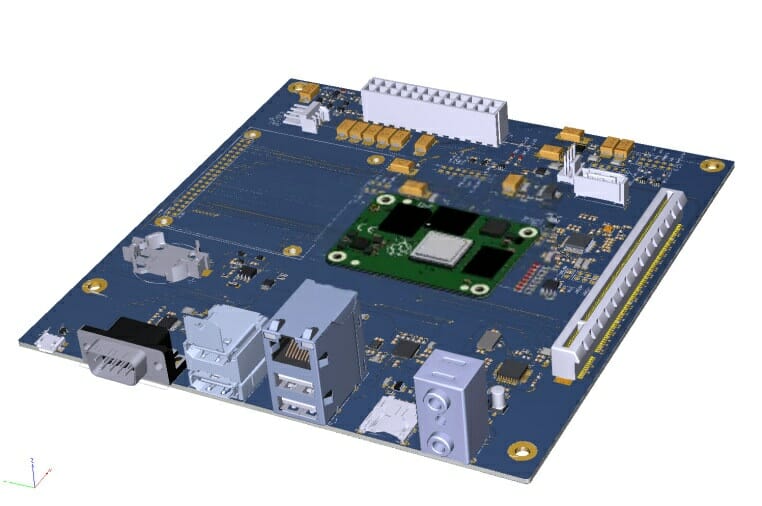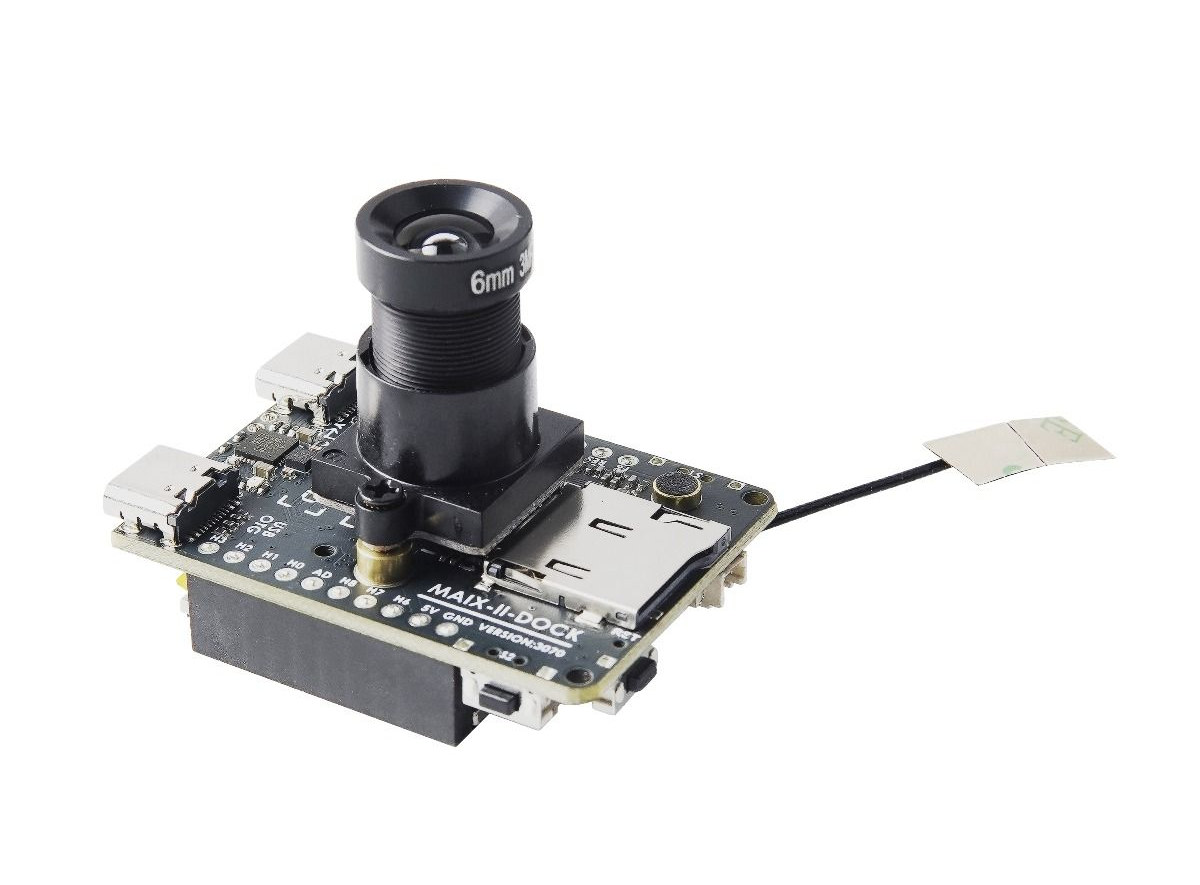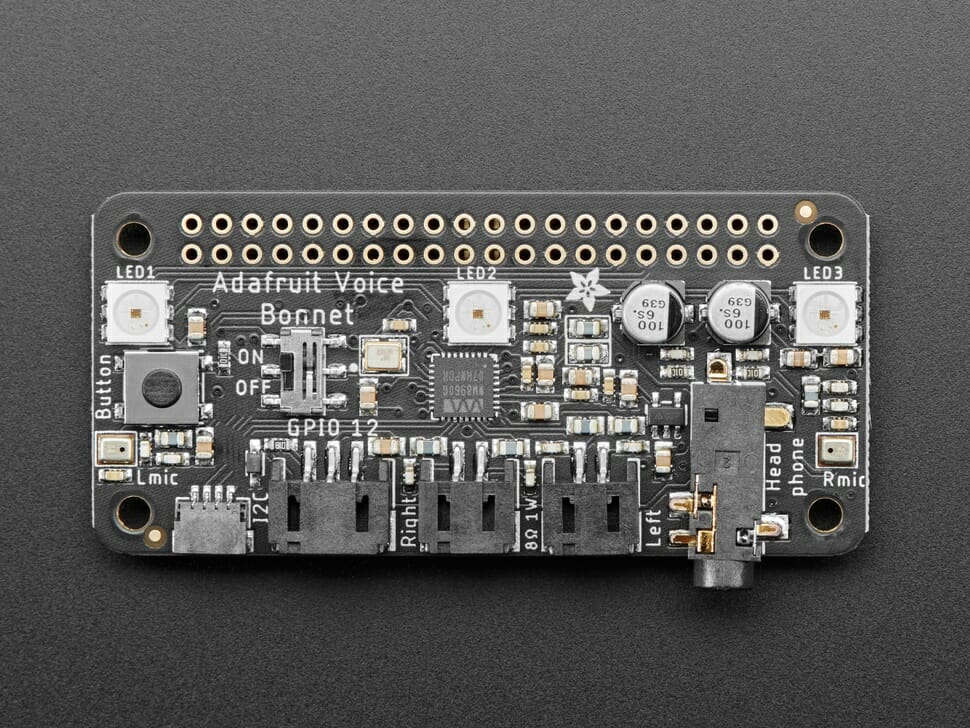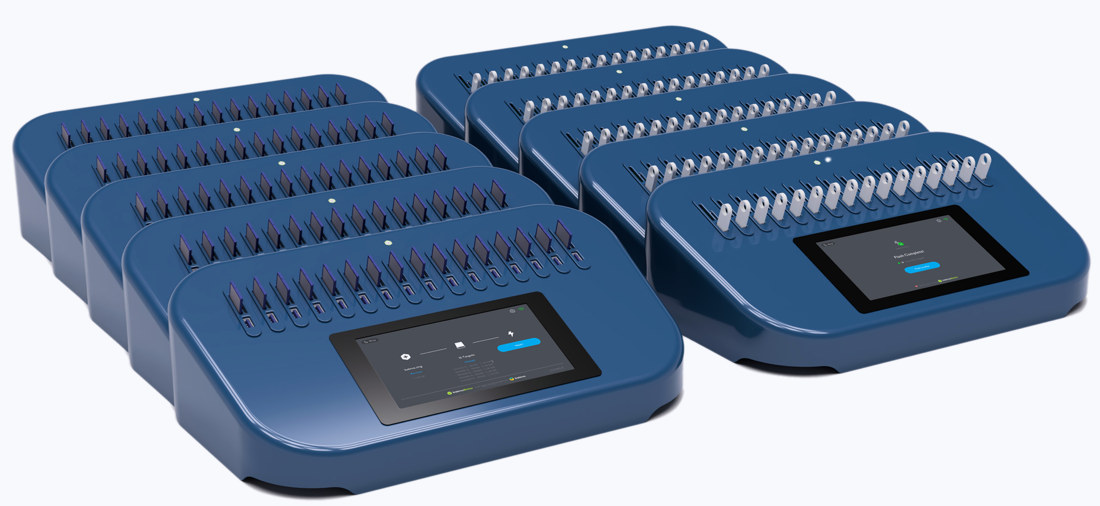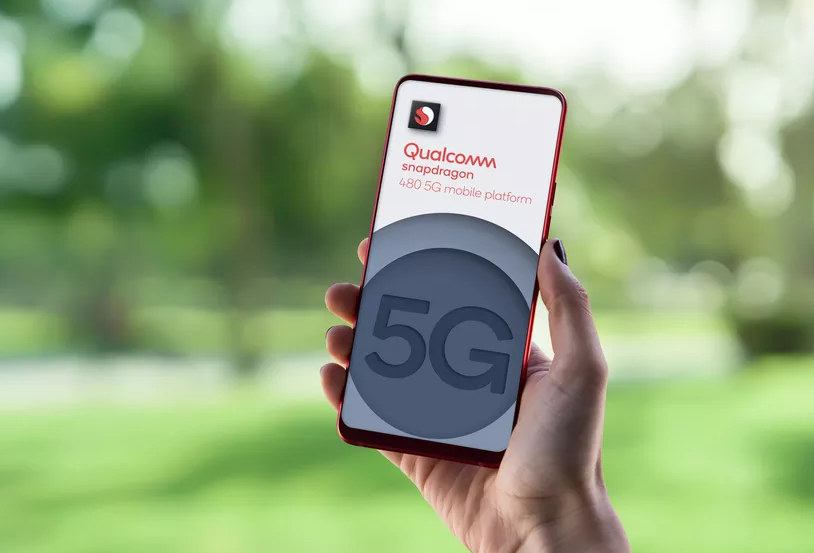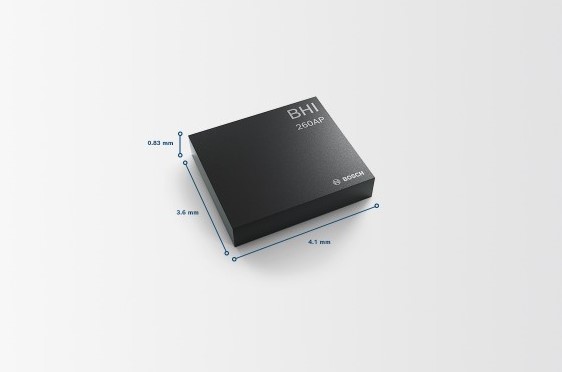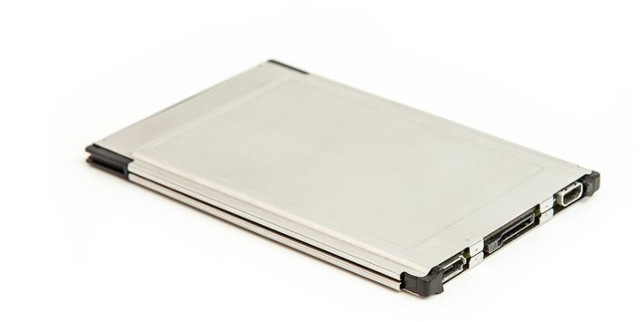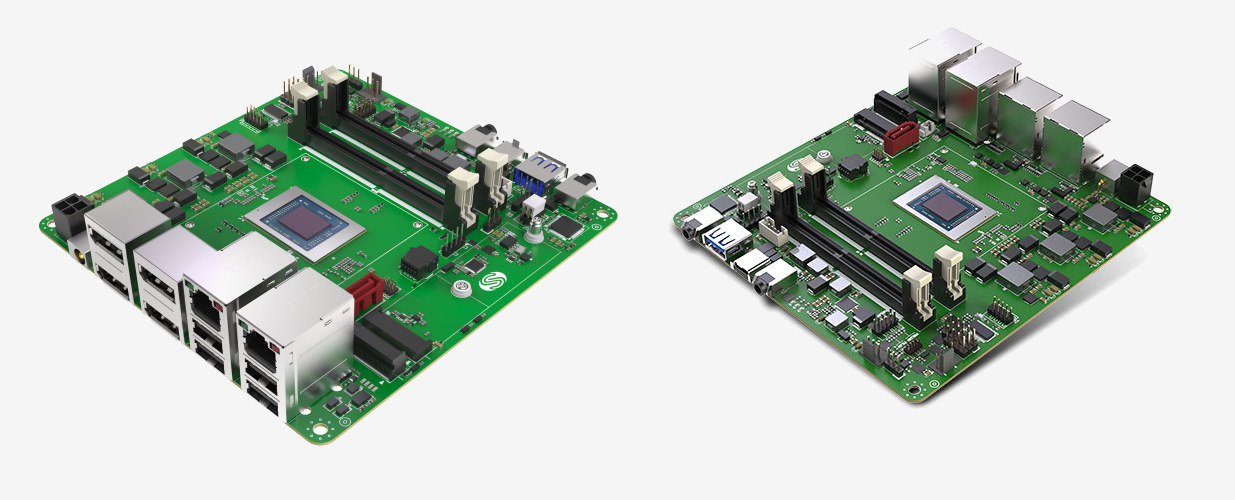While the Raspberry Pi 4 SBC is popular for its small form factor, affordable hardware, and good software support, the Raspberry Pi Compute Module 4 offers more flexibility and allows makers and companies to design their own hardware matching their requirements, while still leveraging the existing software support. We’ve already seen a mini-ITX carrier board for the Raspberry Pi 4, namely the upcoming Turing Pi 2. However, the board has very specific use cases in mind since it’s a cluster board designed for four Raspberry Pi Compute Modules 4. But British engineer Ross Nicholls has designed Over:Board carrier board for Raspberry Pi Compute Module 4 for most traditional use cases, in essence, designing what amounts to a Raspberry Pi 4 mini-ITX motherboard with SATA, PCIe, etc. Over:Board specifications: Compatible SoM’s – Raspberry Pi CM4 or CM4Lite with Broadcom BCM2711 quad-core Cortex-A72 processor, up to 8GB RAM, up to 32GB storage. […]
Sipeed MAIX-II Dock is an Allwinner V831 powered AIoT vision devkit
Sipeed introduced MAIX development boards powered by Kendryte K210 dual-core RISCV processor with AI accelerators in 2018, and we tested the Maixduino and Grove AI HAT based on the solution using Arduino and Micropython the following year. It works fine for audio and video project requiring AI acceleration at low power, but performance (resolution/fps) is limited. So if you’d like a bit more oomph for your audio & vision AI projects, as well as proper Linux support, Sipeed has just launched MAIX-II Dock powered by Allwinner V831 Cortex-A7 AI camera SoC clocked at up to 800-1000 MHz and 64MB on-chip DDR2 RAM, as well as a Full HD camera and a small display.MAIX-II Dock specifications: MAIX-II core module SoC – Allwinner V831 single-core Cortex-A7 processor clocked at 800-1000 MHz with 0.2TOPS AI accelerator, H.264/H.265/JPEG video encoder up to 1080p30 System Memory – 64MB DDR2 in package (SiP) Storage – Optional […]
Adafruit Voice Bonnet is meant for DIY Raspberry Pi Smart Speakers
Adafruit Voice Bonnet features two speakers and two mics, that can be used as an audio-voice interface for Raspberry Pi SBC to create a DIY smart speaker or other audio product. The voice bonnet can work with any Raspberry Pi from Pi Zero up to Pi 4, with 40-pin 2 x 20 connector. Two speaker outputs of the voice bonnet have a power rating of 1 Watt. The voice bonnet contains 3.5 mm stereo outputs, headphone stereo, or line-out audio. The Adafruit voice bonnet has an on-board WM8960 low-power stereo codec that uses I2S digital audio for both input and output. The WM8960 codec has a dual analog input, it consists of a left mic and a right mic. The codec integrates a complete microphone interface and a stereo headphone driver. Adafruit says “For DIY speakers, solder any 1W+ speaker to one of these JST 2-PH cables. If you’d like […]
Balena EtcherPro multi SD card writer now up for pre-order
We first wrote about Balena EtcherPro in December 2018, as a relatively low-cost multi-SD card writer, designed by Balena for people who needed to flash several micro SD cards, USB drives, or boards. At the time, mass production was scheduled for Q2 2019. But it took a bit more time than expected, and the company is only now taking pre-orders for the device with a $50 deposit, and $990 price tag excluding VAT and shipping. EtcherPro highlights and specifications: Display – 7-inch RGB touch screen for control Ports – 16x USB 3.0, 16x SD card slots, 16x MicroSD card slots to flash up to 16 drives/devices at once Flash at speeds up to 52MB/s when flashing 16 drives/devices simultaneously, or up to 200MB/s for a single drive/device Supports SD, microSD, USB drives, and single-board computers (or compute modules via carrier boards) Flash an image from a physical drive source or […]
5G coming to entry-level devices with Snapdragon 480 5G SoC
5G rollout really only started ramping in 2019, and we covered premium 5G mobile SoC like Qualcomm Snapdragon 855, Huawei Kirin 990 or Samsung Exynos 980, as soon as December 2018. In late 2019 and 2020, 5G came to mid-range mobile devices thanks to chips such as Snapdragon 765(G), MediaTek Dimensity 720, UNISOC T7520, and others. Somehow, 5G still felt premium to me since the technology is still relatively, so I was surprised by the level of coverage in Europe and the US, and even smaller countries like Thailand, when I looked at the 5G coverage map above after seeing an announcement for Snapdragon 480 processor designed for entry-level 5G smartphones. Qualcomm Snapdragon 480 (SM4350) key features and specifications: CPU – Octa-core Kryo 460 processor with two Cortex-A76 class cores @ 2.0 GHz, six Cortex-A55 cores @ 1.8 GHz GPU – Adreno 619 GPU with H.264 (AVC), H.265 (HEVC) VP8 […]
BHI260AP is an AI smart sensor with built-in IMU by Bosch Sensortec
BHI260AP AI smart sensor integrates a 6-axis IMU, a 32-bit customizable programmable microcontroller, and various software functionalities. The AI smart sensor has embedded AI with on-sensor applications such as fitness tracking, navigation, machine learning analytics, and orientation estimation. The dimensions of the miniaturized AI smart sensor are 4.1mm x 3.6mm x 0.83 mm. Hardware Features of BHI260AP AI Smart Sensor ARC EM4 CPU includes ARCv2 16/32 bit instruction set working up to a frequency of 3.6 MHz. The core also integrates Floating Point Unit (FPU) and Memory Protection Unit (MPU) with 4 channel micro DMA controller. CPU has two modes of AI functioning at 25Hz and 50Hz with 249µA and 386µA of current consumption respectively. Integrated sensor (6-DoF IMU) includes 16-bit 3 axis accelerometer and 16-bit 3 axis gyroscope. The sensor works at an operating voltage of 1.8 V with a standby current value of 8µA, hence the power consumption […]
100 Allwinner A20 EOMA68 CPU cards manufactured for testing
Last week, and technically last year, we wrote Dragonbox Pyra open-source hardware handheld Linux PC was ready to ship after 6 years in the making, and 4 years after initial pre-orders, highlighting that such projects can take a long time. But it’s not the only project to have suffered from long delays, but still slowly getting things done. Rhombus Tech started working on earth-friendly EOMA68 (Embedded Open Modular Architecture Standard) computing cards based on the 68-pin PCMCIA form factor in 2012, before launching Allwinner A20 based EOMA68 cards on Crowd Supply in 2016 together with laptop and micro PC shells. The project had regular updates over the year, mostly to discuss the progress of the project, and unexpected challenges encountered. But there may light in the tunnel, as in the latest December 30th update, Luke Kenneth Casson Leighton (LKCL) announced the company had managed to manufacture 100 OEMA68 cards based […]
AMD Ryzen Embedded V2000 mini-STX SBC to power gaming machines, digital signage, PoS…
SAPPHIRE introduced the FS-FP5V 5-inch SBC powered by AMD Ryzen Embedded V1000 processor in 2018, followed by FS-FP5R board based on AMD Ryzen R1000 processor the following year. But with the launch of AMD Ryzen Embedded V2000 processor family in 2020, it should come as no surprise that Sapphire has also introduced a new 5″x5″ mini-STX SBC powered by Ryzen Embedded V2000 SoCs with Sapphire (V2000) FS-FP6. Sapphire FS-FP6 specifications Specifications with differences against FS-FP5V highlighted in bold: SoC AMD Ryzen Embedded V2516 hexa-core/12-thread processor @ 2.1 GHz / 3.95 GHz (Turbo) with 3MB L2 cache, 6 CUs Radeon RX Vega 6 GPU @ 1.5 GHz; TDP: 10-25W TDP (15W default) AMD Ryzen Embedded V2546 hexa-core/12-thread processor @ 3.0 GHz / 3.95 GHz (turbo) with 3 MB L2 cache, 6 CUs Radeon RX Vega 6 GPU @ 1.5 GHz; TDP: 35-54W TDP (45W default) AMD Ryzen Embedded V2718 octa-core/16-thread processor […]


